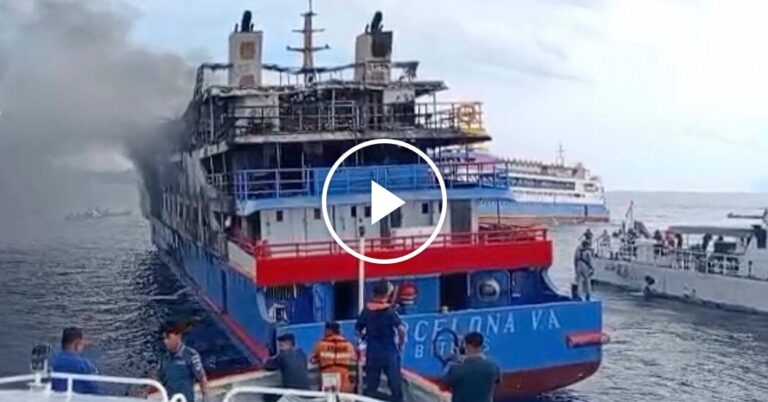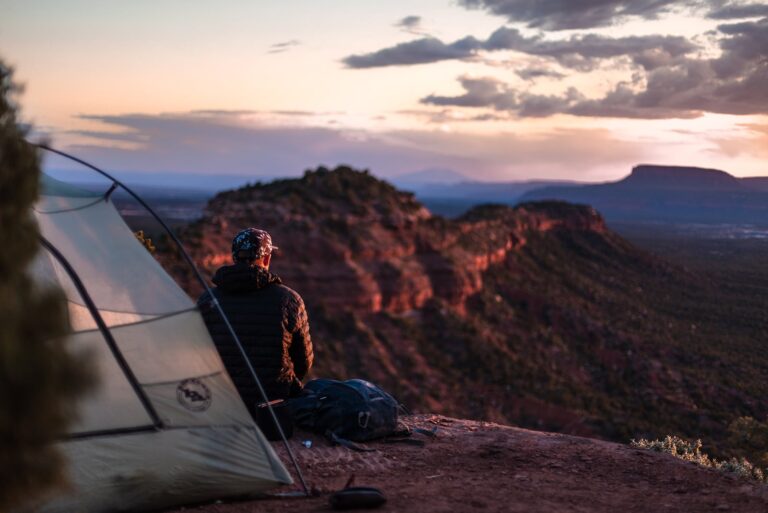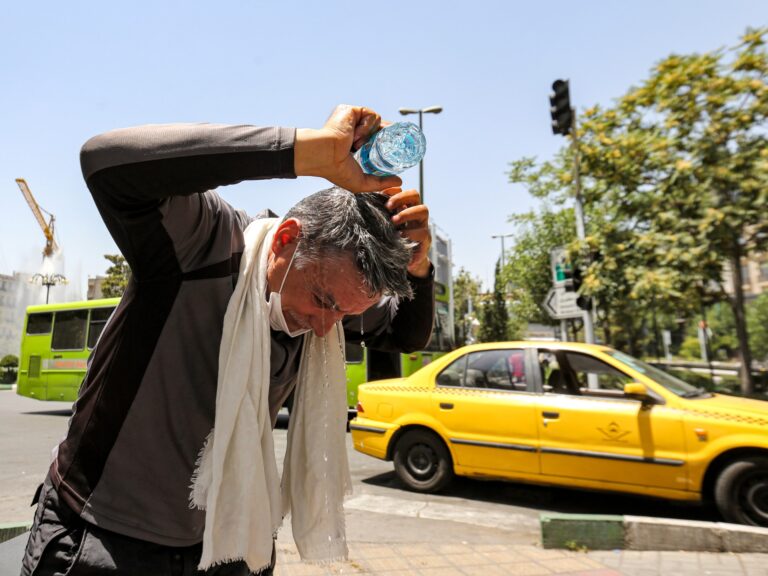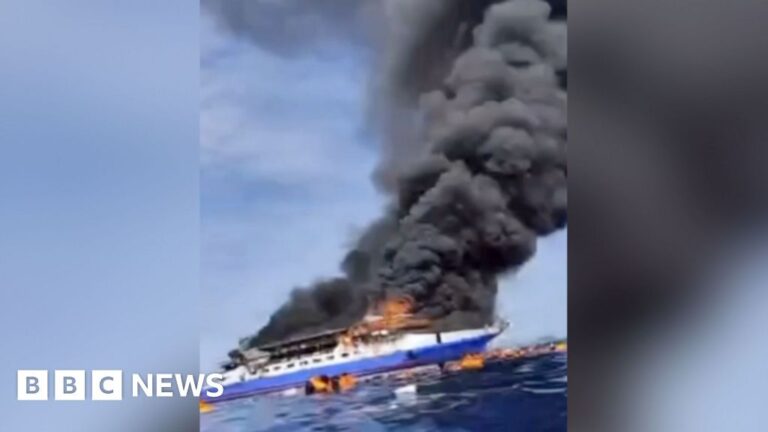The adoption of fossil fuels during the Industrial Revolution is often seen as a fait accompli, yet history could have taken a different path. Consider the first Porsche, manufactured in 1898—it was an electric car. In 1905, inventor Brian Cove introduced some of the first solar panels, but his endeavor faced a setback due to a mysterious kidnapping. Similarly, French physicist Jacques Arsene d’Arsonval proposed ocean thermal energy conversion (OTEC) as early as 1881, exploring the seas’ energy potential. However, his concept never gained significant traction—until recently.
What is ocean thermal energy conversion?
Before delving further, let’s examine the French scientist’s proposition. Ocean thermal energy is derived by harnessing the temperature variances between the ocean’s surface and its deeper layers. Simply put, electricity can be produced through the utilization of the heat stored in large masses of surface water, in contrast with the cold water residing in the depths. Essentially, the ocean acts as an enormous solar energy reservoir.
Fast forward 150 years, and this theory has materialized into two technological approaches capitalizing on the thermal contrast:
- Ocean thermal energy conversion (OTEC) power plants: These facilities leverage the temperature contrast between the warm surface water and the ocean’s deeper layers to produce electricity through a heat exchanger. This process involves utilizing a low-boiling-point fluid, such as ammonia, which, in a closed loop, evaporates when in contact with the warmer surface water, then condenses in the cooler depths. The resulting steam propels a turbine connected to an electric generator.
- Ocean heat pumps (OHP): Designed to capitalize on the temperature differential between surface water and deeper layers, ocean heat pumps serve to provide either heating or cooling. This system harnesses surface water to extract or release heat, depending on whether the objective is to cool or heat a space. Subsequently, the water is circulated through heat exchangers to transfer or extract heat from the deeper layers.
This article will focus on OTEC power plants, offering the potential to emerge as a renewable and sustainable energy source despite previous unsuccessful attempts in the 1930s and 1970s.
The first commercial OTEC plant
The initial OTEC power plants grappled with numerous technical challenges, and following the resolution of the 1973 oil crisis, the technology fell into obscurity. However, as the 21st century unfolded and interest in renewable energies surged, a renewed exploration of ocean thermal energy commenced.
This resurgence saw the development of more efficient heat exchangers, a reduction in the risks associated with biofouling affecting their performance, and the incorporation of metals like aluminum. Furthermore, innovative experiments even explored desalination using the ocean’s heat. The missing piece, however, remained the establishment of the first commercial plant—an avenue where ongoing research is making strides.
Building on successful experiments conducted in Hawaii, Japan, and South Korea, where OTEC plants operated with kilowatt power, discussions now revolve around plants that can generate over one megawatt in the near future. A notable project, spearheaded by a British company, is slated for installation in the warm African waters off the island of São Tomé and Príncipe in 2025.
Named Dominique, the plant aims to harness the high temperature of surface waters and the pronounced thermal contrast occurring at the continental shelf’s end. Situated on a colossal barge, the plant boasts an electrical generating capacity of 1.5 MW. By extracting cold water from the depths, the technology can also be adapted for use in air conditioning systems by adding an OHP heat. Additionally, the nutrient-rich water extracted holds potential applications in aquaculture.
The challenges of ocean thermal energy
Looking ahead, there is optimism that this form of energy could offer a viable solution for islands lacking energy autonomy, potentially complementing other sources such as wind power or photovoltaics. Nevertheless, numerous challenges must be surmounted to establish power plants with extended service lives.
A pivotal concern revolves around the durability of the cold-water risers. To efficiently supply ample cold water to the heat exchangers, these risers must attain several meters in diameter and surpass depths of seven hundred and fifty meters. Endurance is crucial, given the need to withstand the movement of the OTEC platform or barge amidst waves, wind, and powerful underwater currents. The company spearheading the São Tomé and Príncipe project is actively exploring new materials and technological solutions to address this critical challenge.
In an optimistic scenario, the company envisions the initial generations of OTEC barges generating ocean thermal power at a cost ranging between $0.30 and $0.15 per kilowatt. With further advancements in large-scale projects, the expectation is to drive this cost down to as low as $0.05 per kilowatt. These figures are particularly encouraging, challenging the previous notion that competitive OTEC power required 50 or even 100 MW plants.
Source:
Image:














